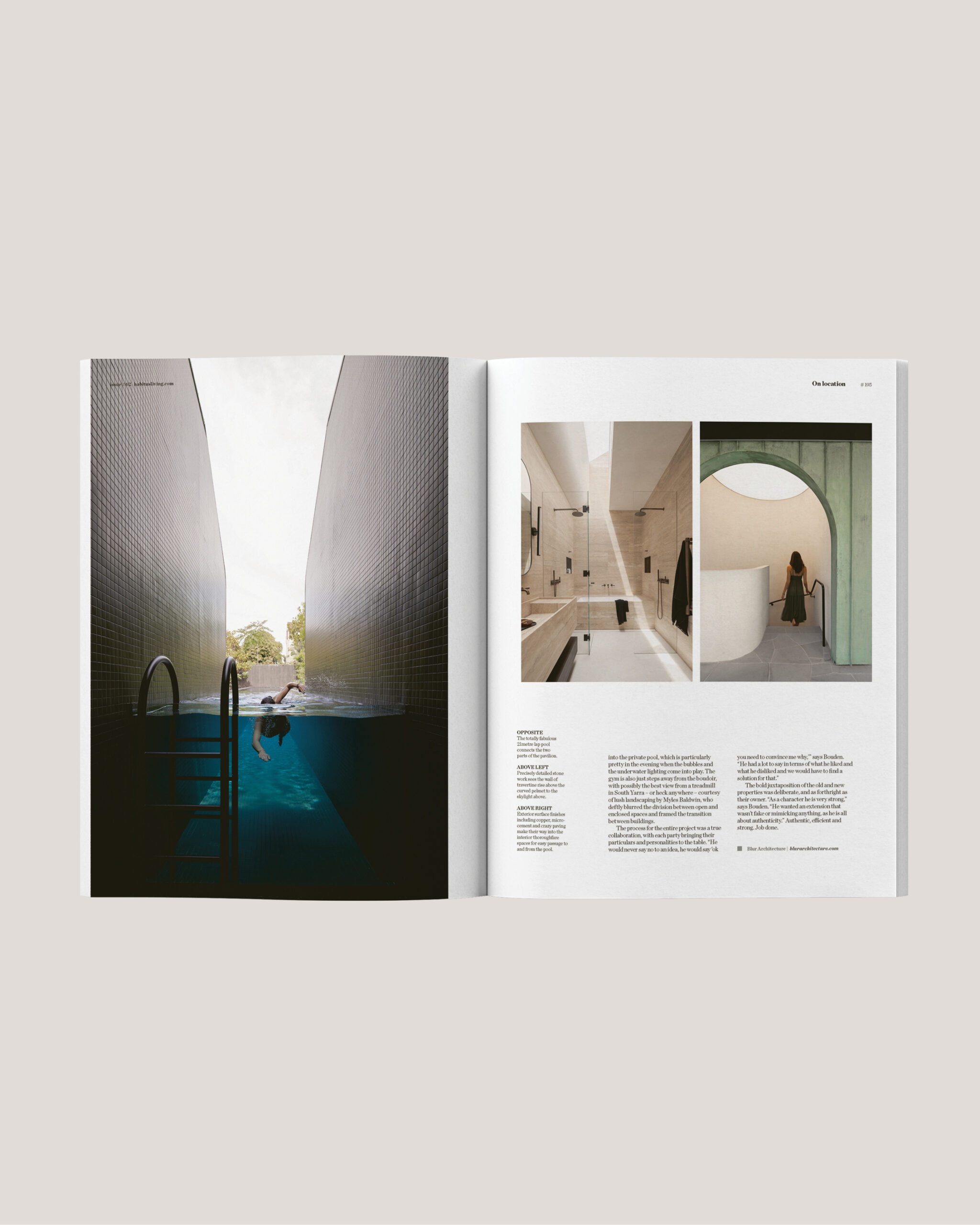All too often sustainability is thrown around like a buzzword. A trend for designers to align with. But Swedish EV brand Polestar has taken a genuinely transformative approach to circularPolestar, regenerative design. And a part of the equation is the development of new materials.
Spearheading this vision is Maria Uggla, Polestar’s Head of Colour and Material, who is constantly tinkering and experimenting to find ways to push the boundaries. All of which is helping to redefine what’s possible in automotive design.
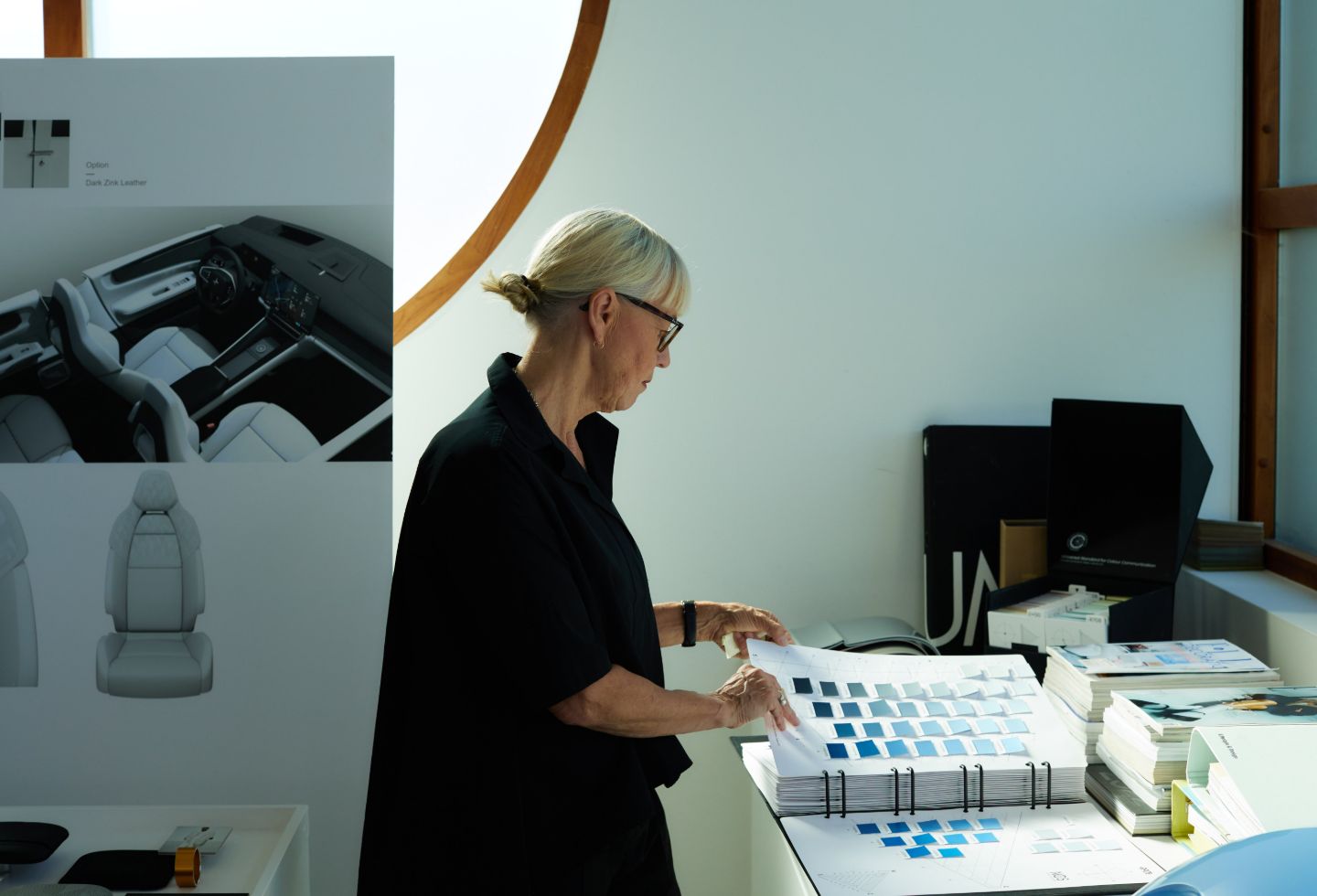
For Uggla, sustainability isn’t about making compromises, it’s about creating desire for the right choices. “It’s often said that compromises are necessary, but I say no — we don’t do compromises,” she asserts. This principle is evident in every material choice and design detail at Polestar, where innovation delivers for aesthetics and performance but also environmental responsibility.
The Polestar 3, for example, introduces a groundbreaking composite made from European-grown flax by B-Comp, which reduces weight by 40 per cent and cuts virgin plastic use by 50 per cent. It’s a result of over three years of fastidious development. Uggla describes the challenge of turning such an unconventional material into a performance-ready solution: “When we got the material, it looked like an old sack,” she admits. “To turn it into something that would fit in an automotive environment – that was the real challenge.”
Suggested: As the cultural footprint of F1 expands, so too does the Ferrari presence beyond the track

Equally revolutionary is Polestar’s use of chrome-free, traceable leather sourced through Bridge of Weir, a waste product from the meat industry, alongside animal welfare-certified wool and Bio-attributed MicroTech – a vegan alternative to leather that combines renewable vinyl with recycled polyester.
Polestar 4 takes things further with a tailored knit fabric, inspired by innovations from the footwear industry. Using yarn from 100 per cent recycled PET bottles, this fabric is knitted to fit, eliminating waste and sets a new standard for the automotive industry. The development, in partnership with the Swedish School of Textiles, reflects Uggla’s philosophy of borrowing from other industries to elevate car interiors. “If we look into the fashion industry, textiles are treated in such a cool way,” she explains. “So, why not bring that same approach to automotive design?”
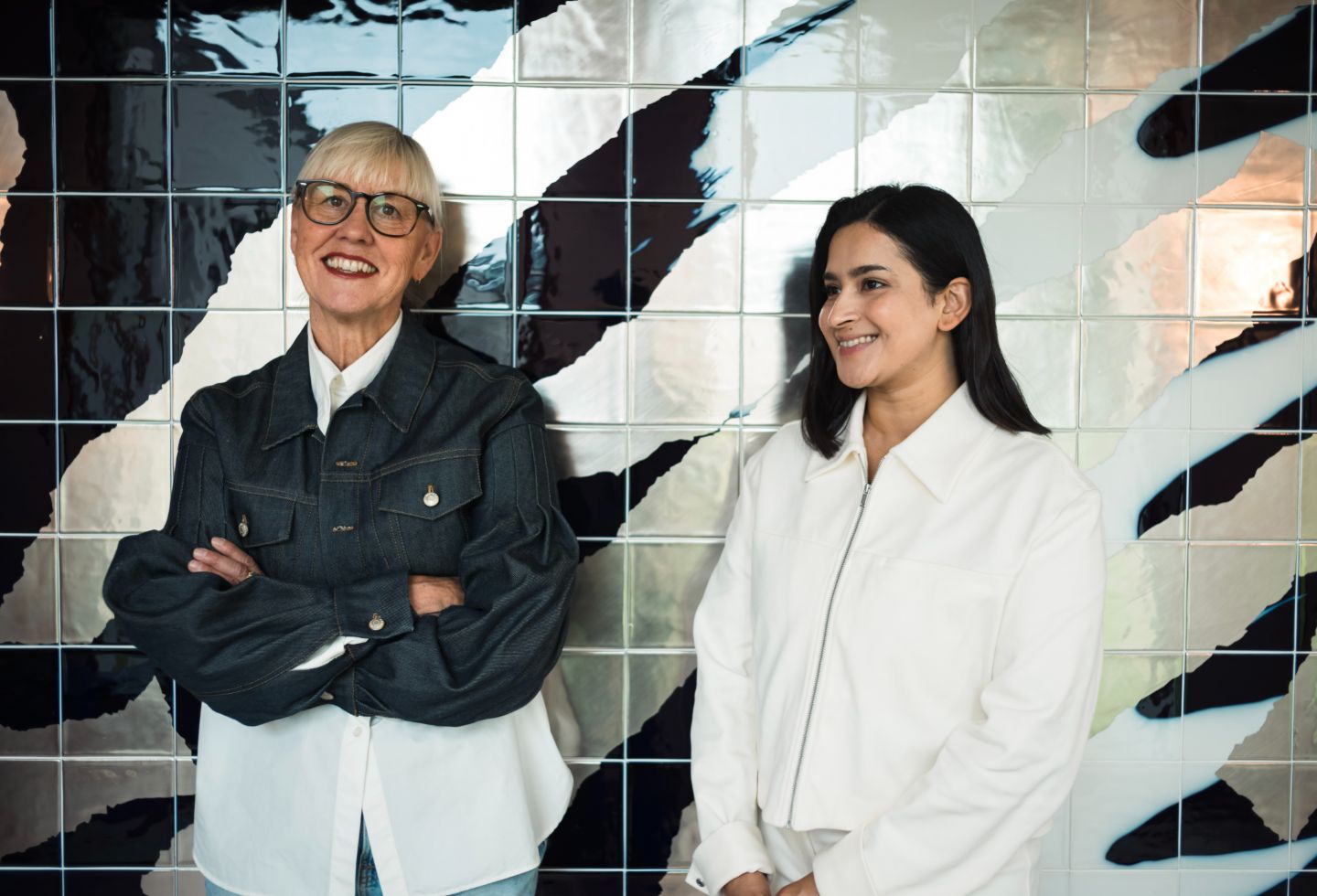
Underpinning it all through is transparency – a cornerstone of Polestar’s approach. The brand’s life cycle assessments (LCAs) lay bare the carbon footprint of each model, inviting scrutiny rather than shying away from it. Uggla emphasises that transparency is about showing the complexity of sustainability. “We share how we do it, and you are welcome to follow us on this journey,” Uggla says.
At the heart of this material innovation is a vision of luxury that transcends leather seats and chrome details. For Uggla, true luxury is about making sustainable choices that feel aspirational rather than restrictive. “Calm, confident luxury,” she calls it, where comfort, aesthetics and ethics coexist. This ethos drives everything from Polestar’s colour palette to the tactile experience of its interiors – a delicate balance of high-tech materials and refined design.
“I’m so confident in the design we are doing – no one else could manage to do it as cool,” she says with a smile. At a time when greenwashing is rife, Polestar’s transparent, no-compromise approach feels refreshingly authentic.


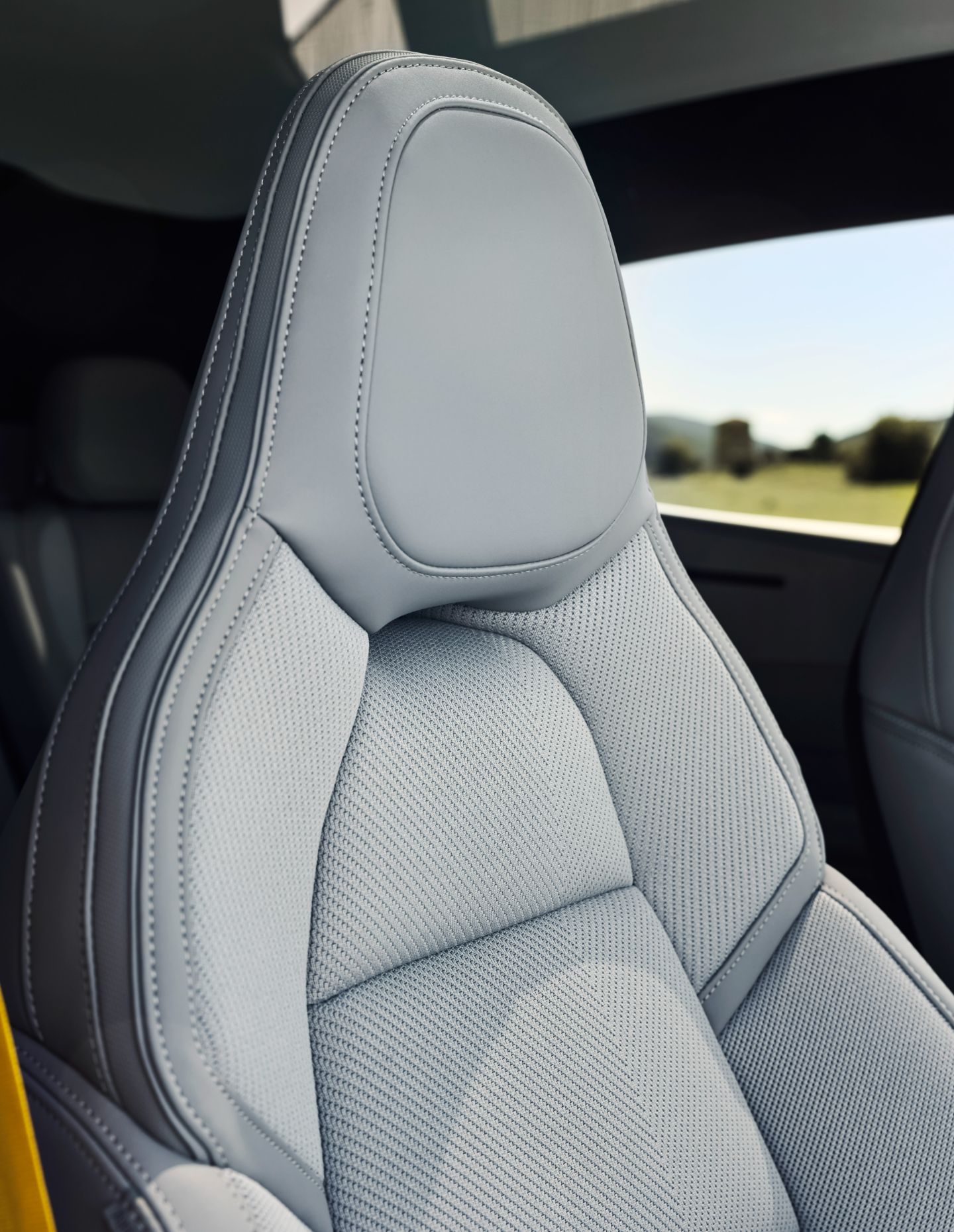
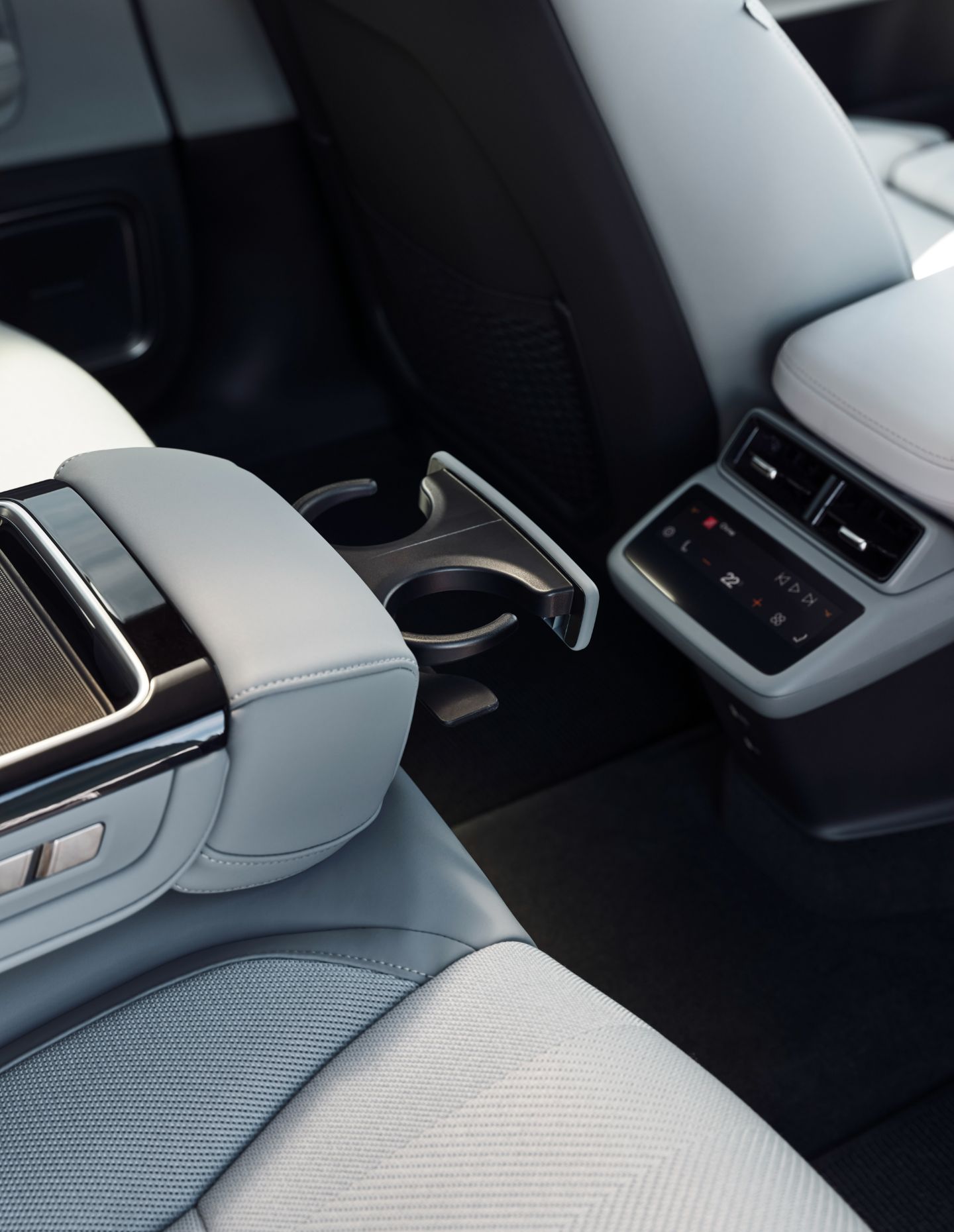
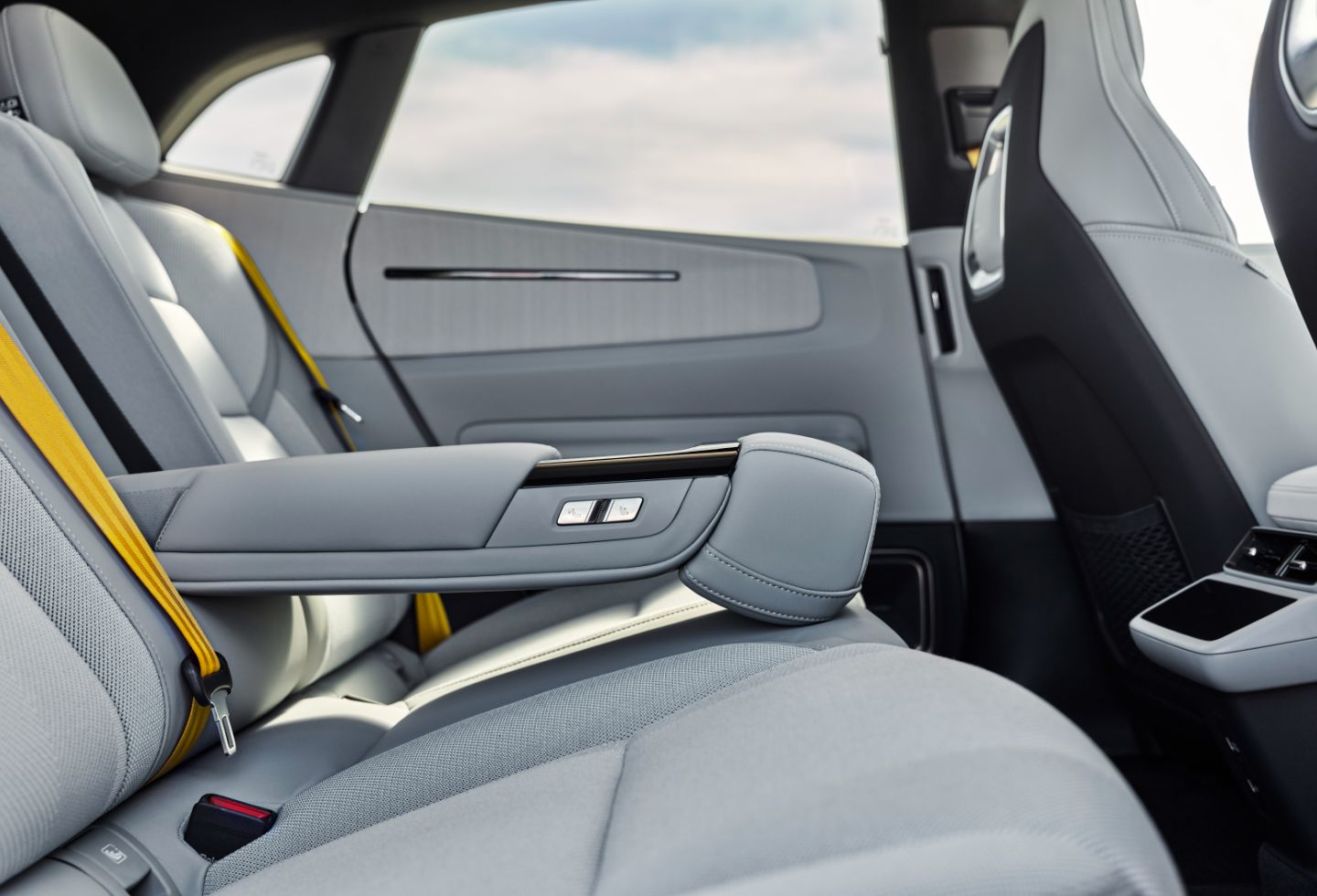
Next up: New York-based CIVILIAN join us for a live podcast interview
